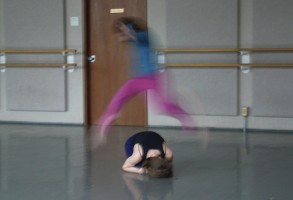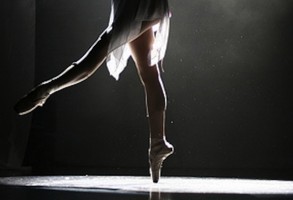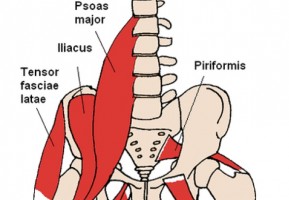When I teach dance I always start with the concept of space. It doesn’t matter if I am teaching 3 year olds or 63 year olds, space to me is a blank canvas. And I want to teach my students how to fill it.
dance
Sunday Snapshot: Chalk Dust Dancer
A new feature for 2010! Each Sunday I will highlight a dance photograph selected from the Dance Advantage Sunday Snapshot pool on the photo-sharing site Flickr. This week is Chalk Dust by Rene Michaels. Find out more about this weekly feature and how to enter your own photographs in the pool!
Dance, Dance Everywhere!
There are a few aspects of televised dance that I find annoying but what I truly love about the success of dance on television is its potential for building awareness of what it is to be a dancer and for expanding the dance audience. I don’t think filmed productions can replace live performance, even the flashy stuff on TV doesn’t come close. It is my hope though that, as its small-screen cousin has done, dance which makes its home in live-performance venues will begin to embrace its inner “hottie” in the coming year.
DVD Review: My First Ballet Collection
My First Ballet Collection is a great choice for those wishing to nurture enthusiasm for ballet among children of all ages. Younger children will enjoy being introduced to colorful characters and beautiful dancing. Older children will benefit from the opportunity to sample a mélange of ballet specimens.
Listening to Dance — An Exercise in Viewing Art
I’ve used this exercise with students before (usually in preparation for moving to the chosen selection). What I’ve noticed is that when listening to music, the students easily observe and express their reaction based upon what they’ve heard coming through the speakers. With very little prompting, they come up with vivid ideas, even without the benefit of lyrics as clues to the song’s intention.
Introducing the Iliopsoas
The iliopsoas is the only muscle (well, technically group of muscles) that attaches to the spine, pelvis, and femur (or, thigh). The three muscles which make up the iliopsoas are deep, running very near the spine and beneath other major muscle groups. Therefore, awareness of the iliopsoas must come through visualization.






